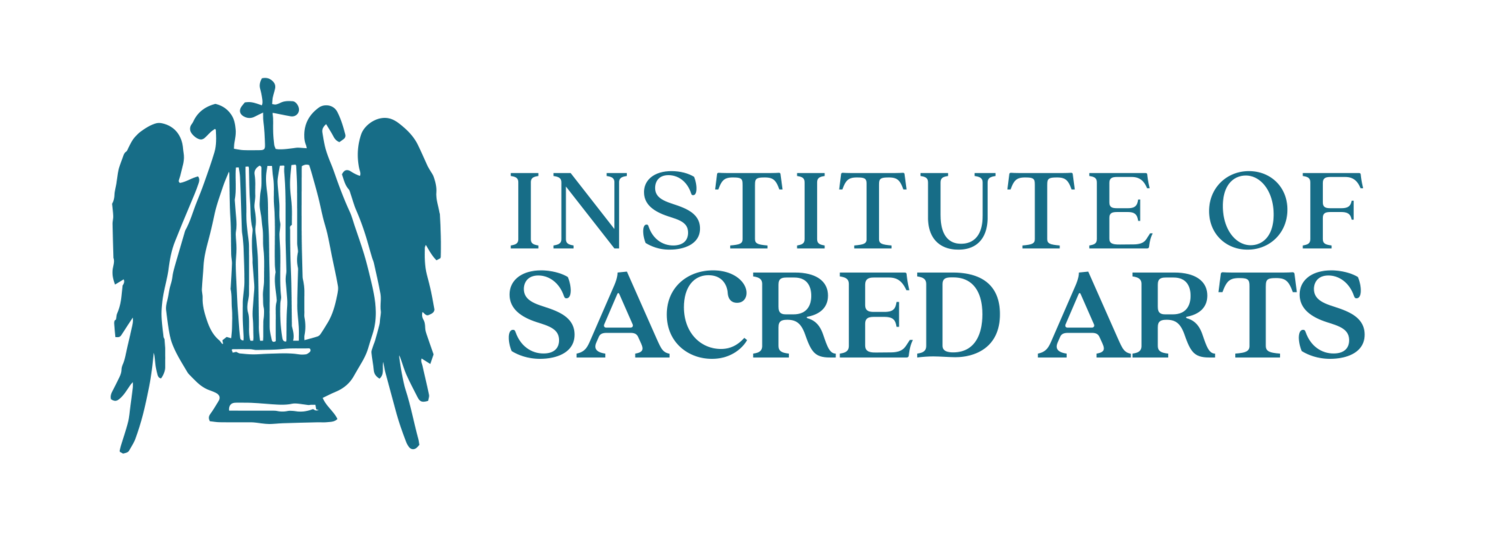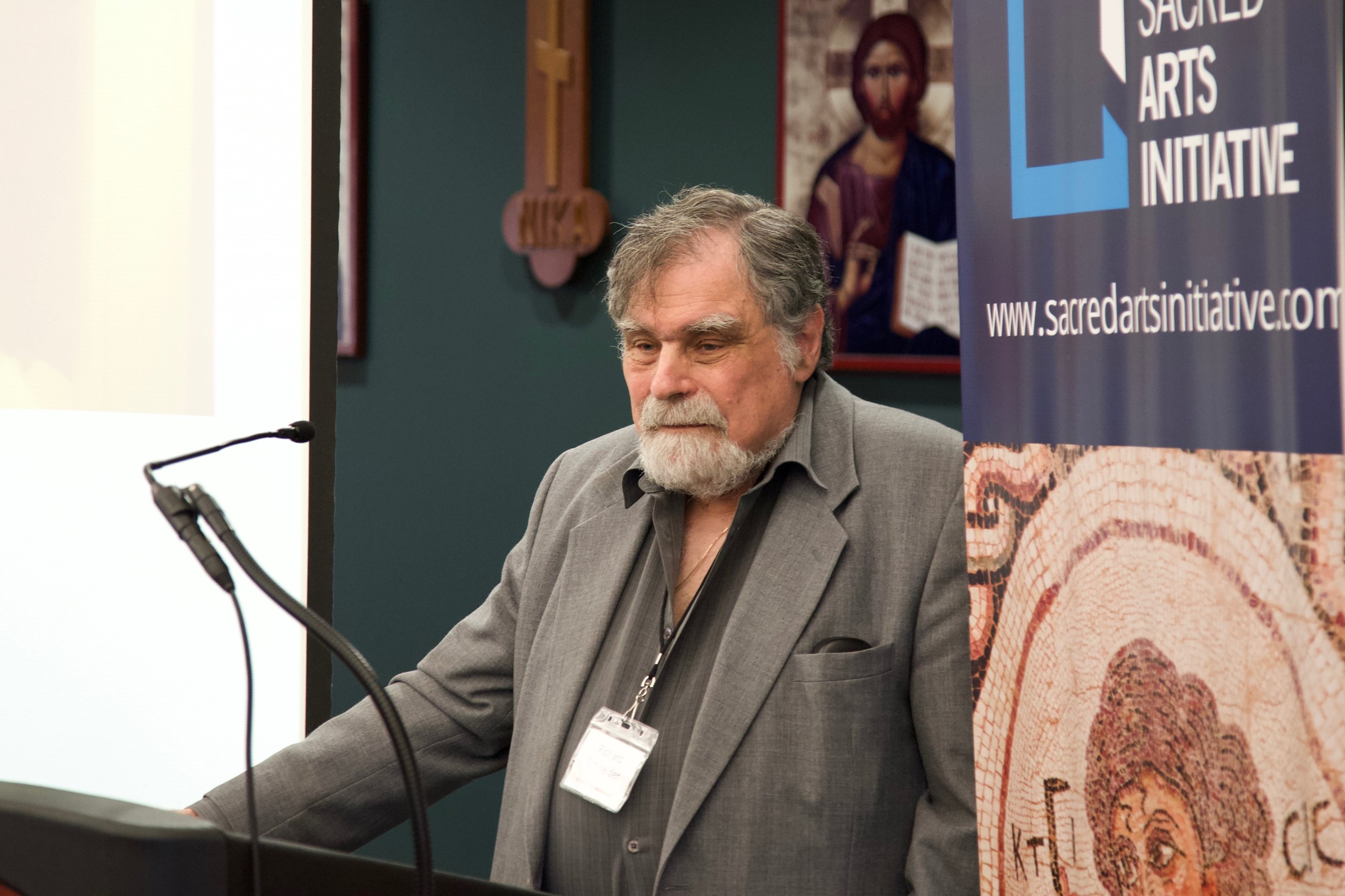In Memoriam: Richard Schneider
I’ve both dreaded and looked forward to the opportunity to eulogize Richard Schneider: I mourn his loss but am glad of the opportunity to express something of what he has meant to me and to the world.
My first meeting with Richard was in Toronto in 1999, when the WCC Faith and Order Commission listened to his presentation on consensus method. It was fitting that the first thing I heard him speak about was the delicate and kenotic task of finding agreement among disparate constituents. But there he was, his bulgy sweater under a tweed jacket, his unmistakable face relating his experience with this deeply Christian way of relationship. He didn’t mind when I would later call him “the apostle of consensus.” Because as much as he came to be known for his vision of history and historiography, hermeneutics, and iconology, for Richard it came down to how people treated each other, specifically how they listened to one another. This kind of mutual yielding and communion-building—sensibilities emerging from Christian life and from Richard’s immense, loving heart—were at the core of everything he did in ecclesiastical and academic spheres, and in his personal life.
His capacity for listening made him one of the most impactful and important leaders in the ecumenical scene. He embodied—and kept a watchful eye on—the practice of consensus decision-making in his own Canadian Council of Churches and its Commission on Faith and Witness. Some years later, when the World Council of Churches began exploring its own journey to that mode of being, I ensured that Richard was one of the lead people who would educate WCC leadership in this new ethos. Some of that work was done in person during a landmark meeting in Damascus, and I will never forget his impact on the gathering, nor the long walks that he and I took through that amazing city.
Richard’s fundamental commitment to listening also made him one of the greatest teachers that many of us would know. It wasn’t always easy being in his classes, since a lot of his pedagogical output consisted in questions that sought student input, on disarmingly fundamental questions. At his best, he was a great exponent of the Socratic method. But it didn’t always feel like it was working. Some students found him frustrating: “Always circling the airport, never landing the plane,” was a common plaint. The point was, of course, that Richard wanted you to land the plane, in your own mind and heart. He and his students came to revere each other. Some more than others, naturally, but few remained untouched by his root message. This owes to the message’s power—I’ll say more on it below—as well as to his intense devotion to the art of teaching. As my colleague Harrison Russin points out, his syllabuses—which could span over twenty pages—were great works of art and models of Pedagogy.
Richard’s teaching carried special challenges for Orthodox seminarians, many of whom expected seminary to be a place to be indoctrinated. Richard’s own 100% involvement with the Church’s teachings and life was based on much more than parroting old formulas: it was an immersion into Christian life at its most genuine, such that the formulas were crucial but never an object of fetishizing. “Love the Lord your God with all your heart, and with all your soul, and with all your mind, and with all your strength” (Mark 12:30). Richard took these all together. But while he never left soul or heart behind, as a pedagogue he saw the mind as the place of entry, the doorway to a more holistic access. For him, to fully engage the mind entailed certain defamiliarization: some concepts needed to be dismantled in order to be reassembled in integrity. This wasn’t some sort of mind game: Richard was convinced that this kind of preparation was imperative for priests, teachers, and other leaders, as part of their full appropriation of the faith and their credible engagement with the world.
All this came to a head within his cherished fields of history and hermeneutics. He insisted on some difficult but incontrovertible truths, notably the epistemic inaccessibility of the past. In other words, our knowledge of “what actually happened” in the past is sharply limited, if we even have it at all. We can know what people said happened, or how they experienced it and told about it. We can look at physical evidence and try to piece things together. But narratives and data fragments are all we have. This leads to the second, equally incontrovertible truth: there is no such thing as an unbiased account of history. The work of the historian entails a constant set of hermeneutic choices, in what to recount, how to prioritize, and therefore what you are trying to get across. History is narrative. And our yielding completely to a narrative—the Christian one—cannot be based in any primary way on archaeology, on figuring out “what actually happened.” Our commitment to the Christian story and the life that it entails, the crosses and resurrections that are relived and retold throughout the human odyssey, becomes so much deeper and more enduring when we let go of our cruder attachments. But letting go isn’t always easy.
Symposium on the Sacred Arts, 2016
Some of these same root dispositions came to bear on Richard’s thought and teaching on the arts. The icon, for Richard, was a mode of preaching. Images, and the “program” according to which they were configured within churches, are texts. We read them to learn about God and his Christ. That means that, just as the dogmatic expressions of theology constitute a grammar and vocabulary that we must give everything to enter and understand, so do the arts. But dogma and the arts were also different, in Richard’s understanding. Dogmatic definitions and phrases could be canonized. The canonical expressions of teaching lent themselves to rephrasing, and required appropriation, to be sure, but there is a dogmatic canon, identified with the ecumenical councils. Richard constantly insisted that art, to the contrary, had no fixed canons. If there is a de facto canon of church art it stems entirely from reception, from usage. Art is “canonized” to the extent that it is received by people in the Church. Theological expressions also rely on reception, but not in the same way as icons, architecture, and music, which invite a far greater interpretive range. Among the many implications of this insight was that for Richard, no-one could dictate to someone else what was and wasn’t an “icon.” He fiercely resisted the tendencies to identify one or another style as properly “Orthodox.” He exploded common myths about “good” (Eastern, mystical) and “bad” (Western, romanticized) icons. That was partly owing to theoretical grounds, and partly because he refused to bereave people of the kinds of images that they might have cherished all their lives, even if they were, according to some, in the “wrong” style.
One tangible sign of Richard’s enduring legacy is the Institute of Sacred Arts at St Vladimir’s Seminary. I am technically “founding director” but in fact I only helped apply some of the glue to the components that Richard had long been assembling. Richard gave this Institute its vision, and some of its unique features owe entirely to him. As one great example, it is thanks to the connections that he had long cultivated that we’ve been able to involve some of the most respected and important voices from among art historians and theoreticians. These not only represent diverse fields but also different points of entry into the discipline. Some are believers, some are not, and our symposia have been among the only places where these two basic orientations could come into fruitful engagement. Again we behold Richard’s commitment to respectful listening, his trust that the things that are true and worthy of saying are there within us as a communion of persons, ready to emerge within a climate of learning and mutual yielding.
Some of our earliest work with the Institute took the shape of symposia that we organized together with Richard and Dn Evan Freeman. These events were triumphs for Richard, and his video interviews with some of our distinguished guests are a delight to see. These meetings are producing edited volumes; the first one will be titled Rethinking Sacred Arts. An essay by Richard, “Can a ‘Thing’ be Sacred? The Meaning of the Phrase ‘Sacred Art,’” is an important part of the book. In it, he strives to express much that he has long wanted to say about the sacredness of sacred arts. I’m happy to think that although he did not commit a great deal of his thought to publication, some of his most cherished ideas will live on in written form, and not only in the minds and hearts of his countless students and colleagues.
We have lost a giant. My own gratitude to Richard is beyond any words; his impact on my life, thinking, and faith beyond any measure. And I’m moved and heartened to know that such a great number of people can say the same thing. Memory eternal!
Prof. Schneider introducing symposium guests to the iconographic program of Three Hierarchs Chapel




